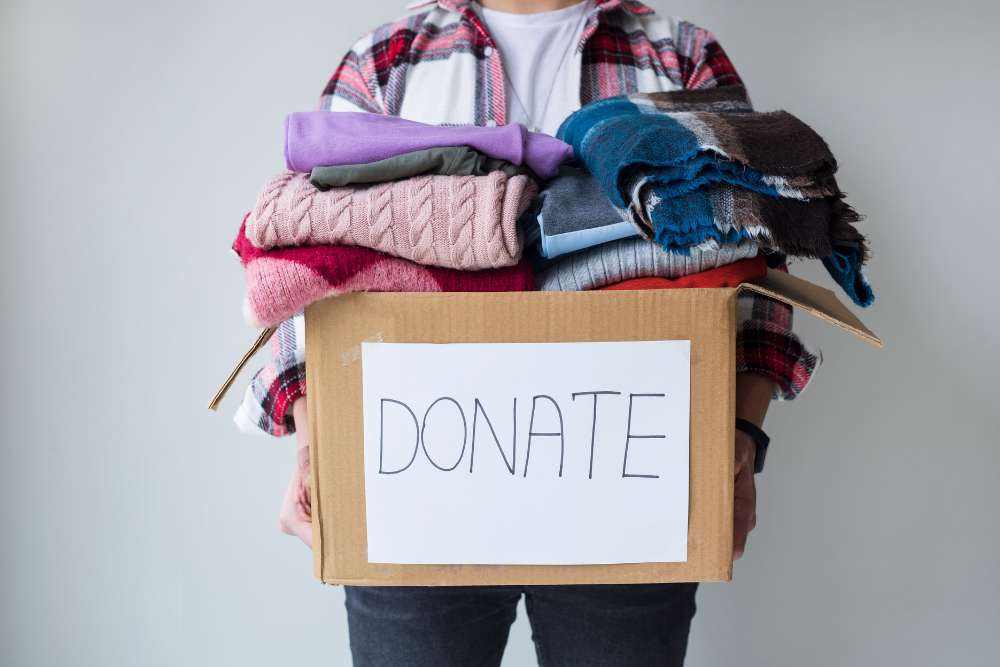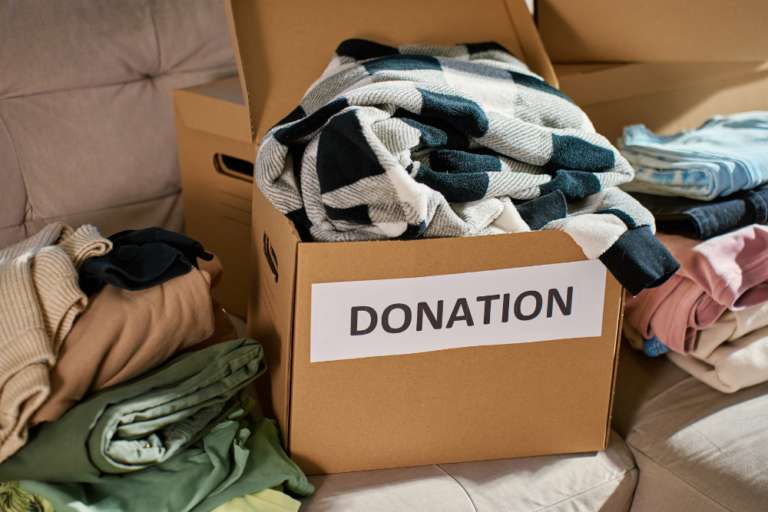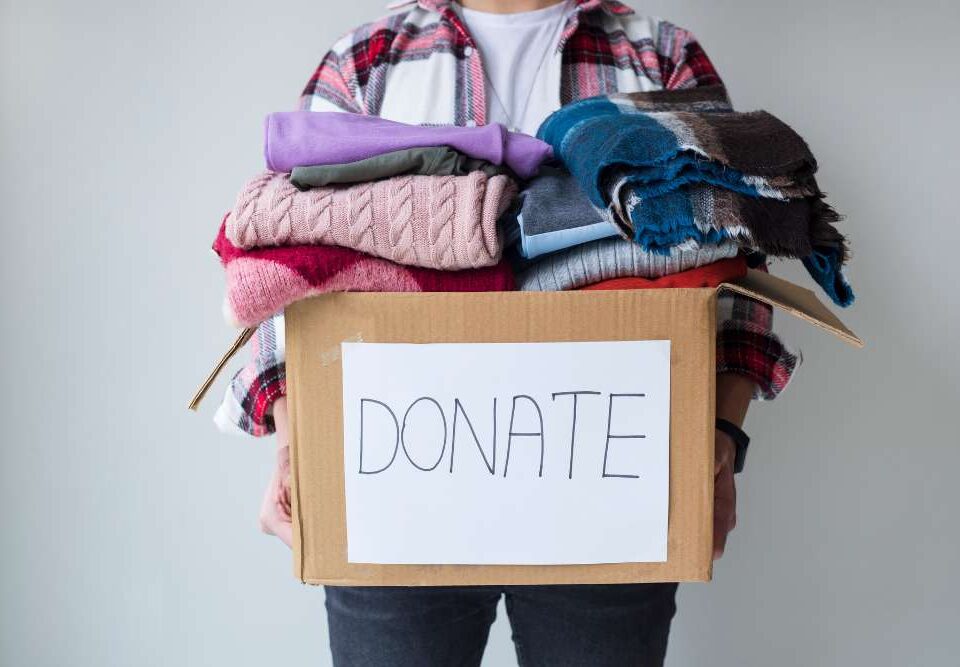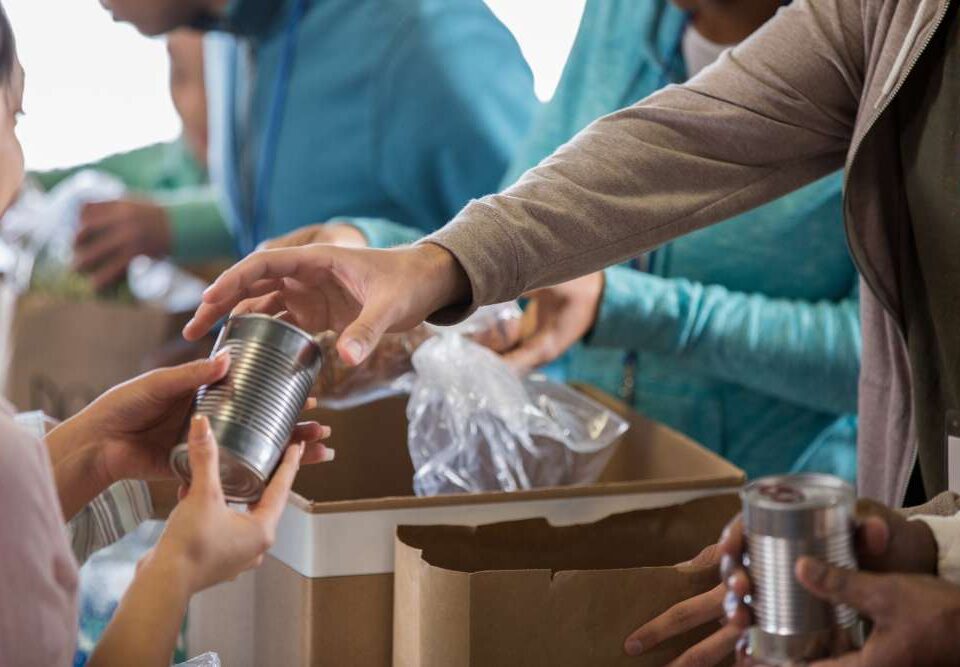
How Scrap Metal Recycling Contributes to Economic and Environmental Benefits
September 24, 2025
How Recycling E-Waste Can Reduce Landfill Overflow
September 24, 2025The Environmental Importance of Donating Your Junk Items
When it comes to clearing clutter, many people assume that tossing old belongings into the trash is the only option. Yet what may seem like useless junk often has more life left in it than we realize. From furniture to electronics, household goods to clothing, countless items can be reused, repaired, or repurposed instead of ending up in an overflowing landfill. Donating these belongings not only benefits people in need but also plays a powerful role in environmental sustainability. By extending the lifespan of everyday objects, donations help reduce waste, conserve resources, and create a greener cycle of consumption.
Reducing Landfill Waste through Donations
One of the most pressing environmental issues today is the growing strain on landfills. These facilities are filling at an alarming rate, with household junk making up a large portion of the waste stream. Items like sofas, dressers, and appliances are bulky and occupy space that could otherwise last much longer if managed responsibly. Donating such items provides a meaningful solution by keeping them out of landfills entirely.
When goods are reused by another household or organization, their lifecycle extends well beyond a single owner. This simple choice reduces the demand for landfill expansion and helps communities avoid the environmental impact of constructing new waste facilities. Donation programs redirect usable items to people who need them, ensuring that resources already invested in production don’t go to waste. In this way, donation is not just an act of generosity but also a practical strategy for landfill reduction.
Conserving Natural Resources by Extending Product Life
Every item manufactured requires resources—wood for furniture, metals for appliances, textiles for clothing. The extraction and processing of these raw materials consume energy, water, and labor while leaving behind significant environmental footprints. When people discard items prematurely, the embedded resources are lost forever. Donating instead allows those resources to remain in use longer, reducing the need for new production.
For example, when a donated table continues to serve a new family, it delays the demand for fresh timber, preserving forests and ecosystems. A secondhand electronic device spares the need for newly mined metals. This ripple effect highlights how small decisions about what to do with junk items can collectively conserve natural resources on a large scale. Donation acts as a bridge between consumption and sustainability, turning yesterday’s clutter into tomorrow’s resource for someone else while easing the pressure on Earth’s finite supply of materials.

Lowering Carbon Emissions through Reuse
The environmental cost of manufacturing new goods goes far beyond raw material extraction. Factories emit significant amounts of greenhouse gases during production, and the transportation of products around the globe adds even more carbon to the atmosphere. By donating junk items instead of discarding them, households directly reduce the demand for new products and, by extension, cut down on emissions.
Consider a donated couch. Rather than being replaced by a brand-new one that requires factory production and shipping, the donated piece continues its service in another home. Multiply this scenario by thousands of households, and the impact on emissions becomes clear. Each reused item avoids unnecessary carbon output, contributing to global efforts to combat climate change. Donation, then, is more than decluttering—it is a proactive way to slow the cycle of overproduction and overconsumption, with tangible benefits for the planet’s air and climate systems.
Supporting a Circular Economy through Donations
The concept of a circular economy revolves around keeping products and materials in circulation for as long as possible. Instead of a linear model where goods are made, used, and discarded, a circular economy encourages reuse, repair, and recycling. Donating junk items is a direct and accessible way to support this approach at the community level.
When items are donated, they re-enter the economy through secondhand stores, non-profits, or individuals who make use of them. This reduces the need for new manufacturing while promoting a culture that values longevity and sustainability. A circular system also helps reduce waste management costs for municipalities while generating opportunities for local organizations. By donating, individuals actively participate in reshaping consumption habits toward more responsible patterns. It transforms everyday junk removal into a contribution toward building a sustainable, circular economy that benefits both people and the environment.
Preventing Toxic Materials from Entering the Environment
Not all junk items are harmless when discarded. Electronics, appliances, and certain household goods contain chemicals or components that can be harmful if dumped into landfills. When these items break down, they may release substances that contaminate soil, water, and air. Donating electronics or appliances to organizations that can refurbish or reuse them helps prevent these toxins from entering the environment.
For instance, an old computer may contain metals like lead or mercury, which can be safely handled when directed through donation and refurbishment channels. Similarly, appliances often have parts that can be repaired or recycled in environmentally responsible ways. By diverting these items from the landfill, donation minimizes the risk of toxic pollution while maximizing their continued usefulness. This approach turns potential environmental hazards into opportunities for positive impact, demonstrating how simple acts of giving can protect natural ecosystems from long-term harm.
Encouraging Sustainable Habits in Communities
Donation does more than preserve resources—it fosters a culture of sustainability within communities. When individuals see their neighbors donating rather than discarding, it normalizes the idea that reuse is a valuable and responsible practice. Over time, this mindset shift reduces reliance on landfills and increases participation in eco-friendly programs.
Community organizations and donation centers often create visible examples of how items can find new life. A local thrift store displaying donated furniture or clothing serves as a reminder that unwanted goods can still hold value. These visible cycles encourage others to think twice before tossing their own junk away. The more donation becomes integrated into everyday life, the stronger communities grow in their commitment to reducing waste. This cultural transformation ensures that sustainability is not just an occasional effort but a shared, long-term value embraced by households and businesses alike.
Reducing the Cost of Waste Management for Cities
Municipalities invest heavily in managing landfill operations, waste collection, and recycling systems. The more junk ends up in landfills, the higher the financial burden becomes for cities and taxpayers. Donating items directly reduces the strain on local waste systems, helping governments allocate resources more efficiently.
By keeping bulky furniture, electronics, and household goods out of the waste stream, donations decrease the volume that must be collected, transported, and buried. This reduction not only lowers disposal costs but also frees up resources to improve other environmental initiatives. Additionally, organizations that receive donations often redistribute them at low cost or free of charge, creating further social and economic benefits. Donation, therefore, is both an environmental and a fiscal strategy.
Creating Opportunities for Creative Reuse
Many donated items inspire new uses beyond their original design. Creative reuse, often seen in upcycling projects, transforms old furniture, décor, or household objects into entirely new products. Donating these items increases the chances that someone with creativity and skill can repurpose them into something functional or artistic, keeping them out of the waste stream altogether.
A donated wooden pallet may become a bookshelf. An outdated dresser could be painted and repurposed as a unique centerpiece. Even worn clothing can find new life as fabric for crafts or insulation. These acts of creative reuse not only minimize waste but also spark innovation in communities. By choosing to donate rather than discard, people provide materials for others to reimagine and reinvent, expanding the cycle of sustainability.
Helping Build Resilient Local Economies
Donation programs often benefit local thrift stores, non-profits, and community organizations that rely on secondhand goods to operate. By donating junk items, individuals indirectly support these entities, which in turn reinvest in the local economy. This creates a ripple effect where environmental responsibility also fosters economic resilience.
For example, donated furniture may stock a local thrift store, providing affordable options for families while funding social programs. Electronics donations might support organizations that refurbish devices for schools or low-income households. These cycles create a win-win situation—items are kept out of landfills, while communities benefit socially and economically.
Inspiring Future Generations to Value Sustainability
Children and young adults learn behaviors by observing the actions of those around them. When households prioritize donation over disposal, younger generations internalize the message that sustainability is essential. This creates long-lasting cultural change, as values of reuse and environmental stewardship are passed from one generation to the next.
Donating junk items provides a tangible lesson about responsibility and impact. Seeing an old toy, piece of furniture, or clothing item find a new home demonstrates that value does not disappear once something leaves our possession. Instead, it shows that choices about consumption and disposal have far-reaching consequences. When youth are taught the importance of donation, they grow into adults who carry these principles forward.
Conclusion
Donating junk items is about far more than decluttering homes—it is a meaningful environmental practice that reduces landfill waste, conserves resources, lowers emissions, and fosters sustainable communities. Every donated item contributes to a cycle of reuse that strengthens local economies, prevents toxic pollution, and supports a healthier planet. By recognizing the hidden potential in everyday belongings, households can transform clutter into opportunities for positive change. For those who want professional assistance in making eco-friendly choices, North Bay Junk Removal in Santa Rosa, CA, offers reliable junk removal services that emphasize responsible donation and recycling. Their team ensures that items are diverted from landfills whenever possible, extending their life and value. To take the next step toward greener living while simplifying the process of clearing out unwanted items, call 707-478-6817 today. Sustainable junk removal begins with small actions, and donating is one of the most impactful choices available.




